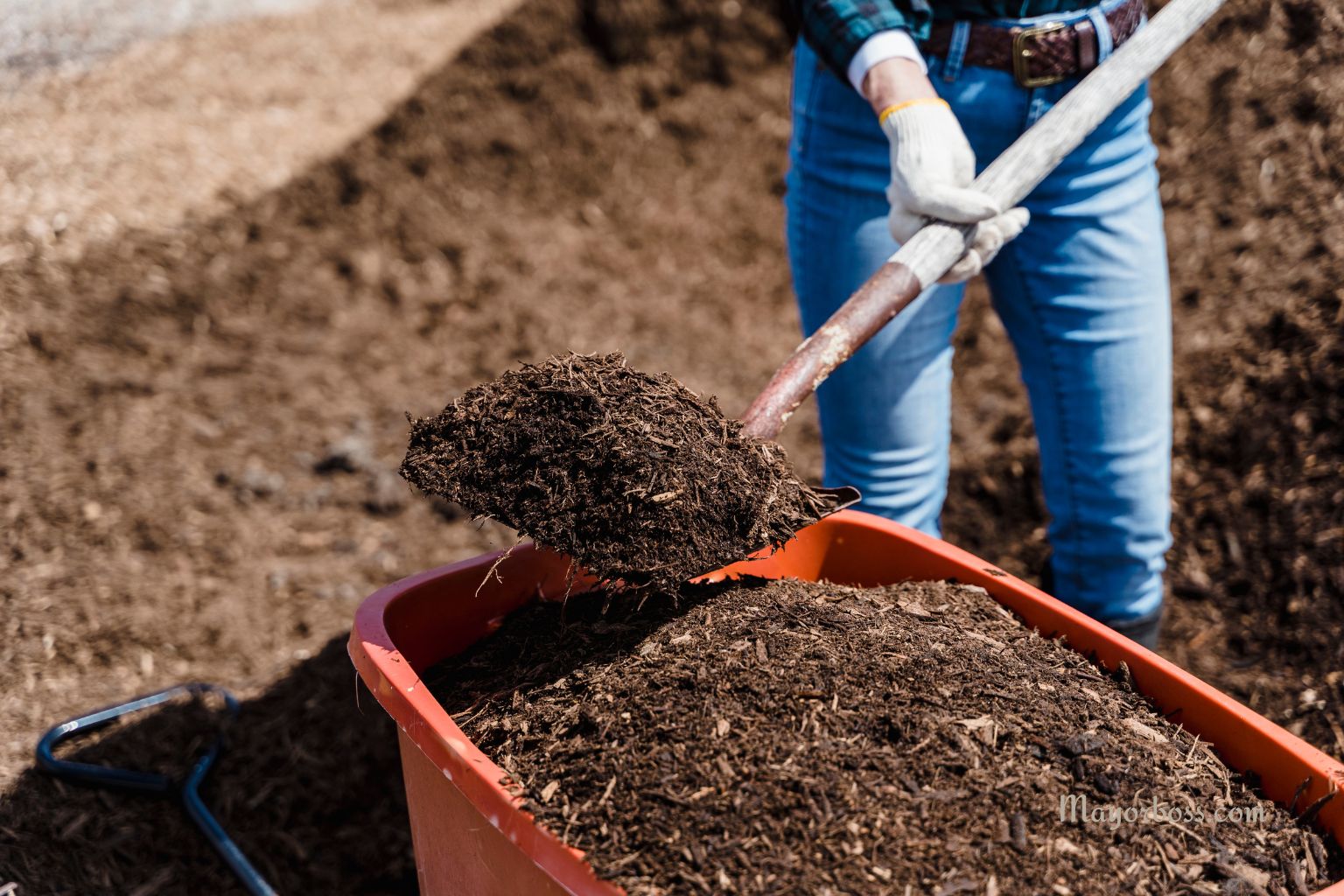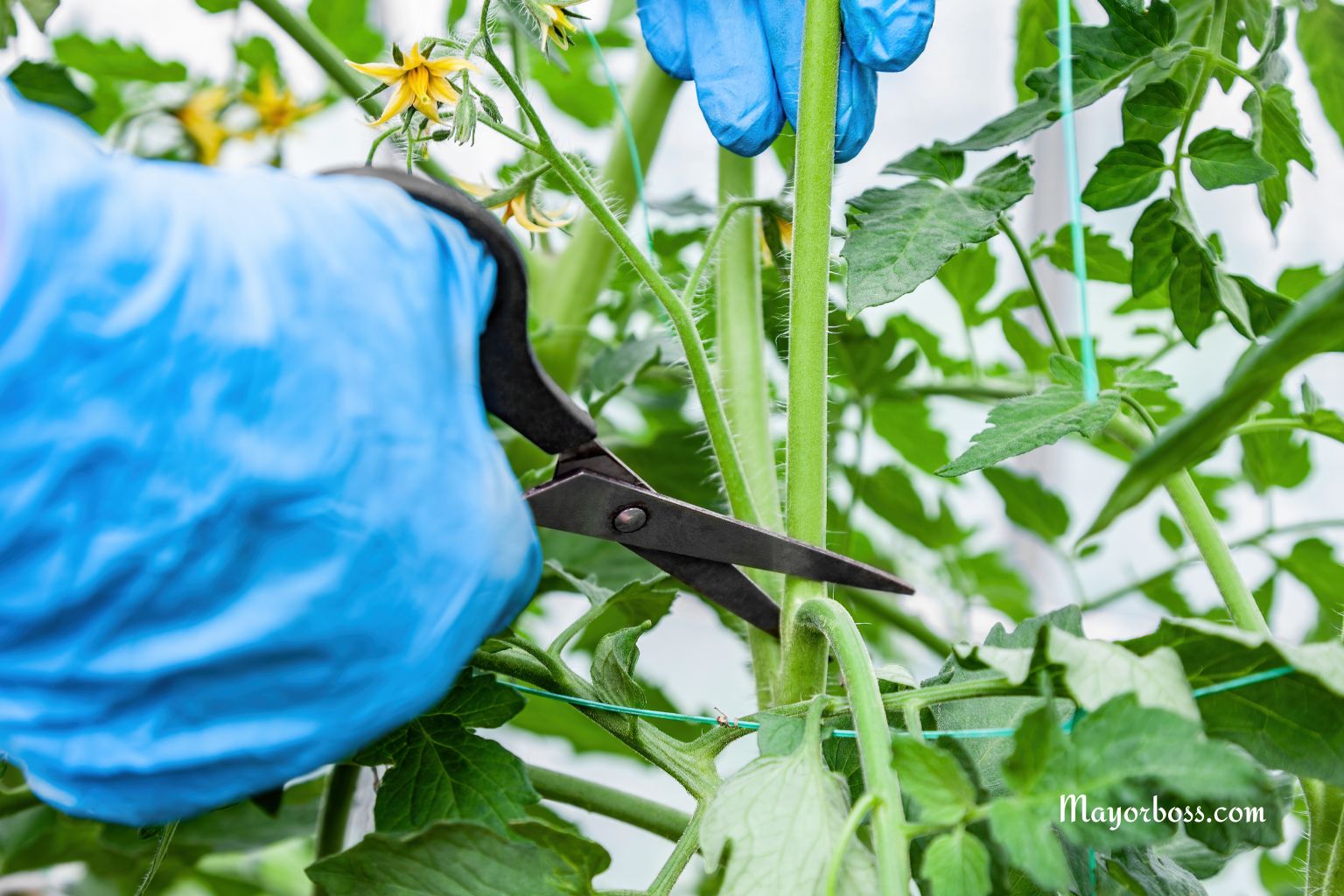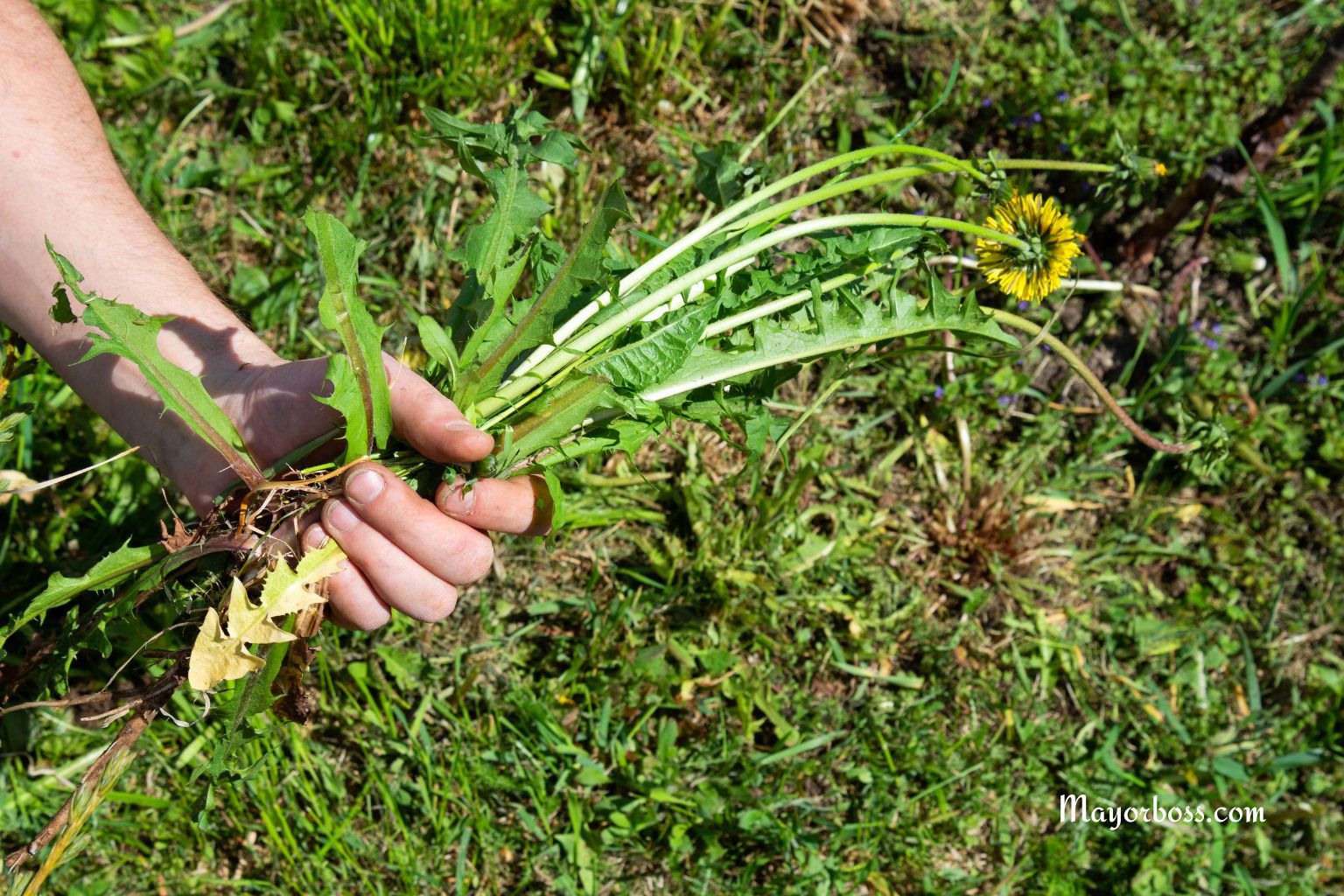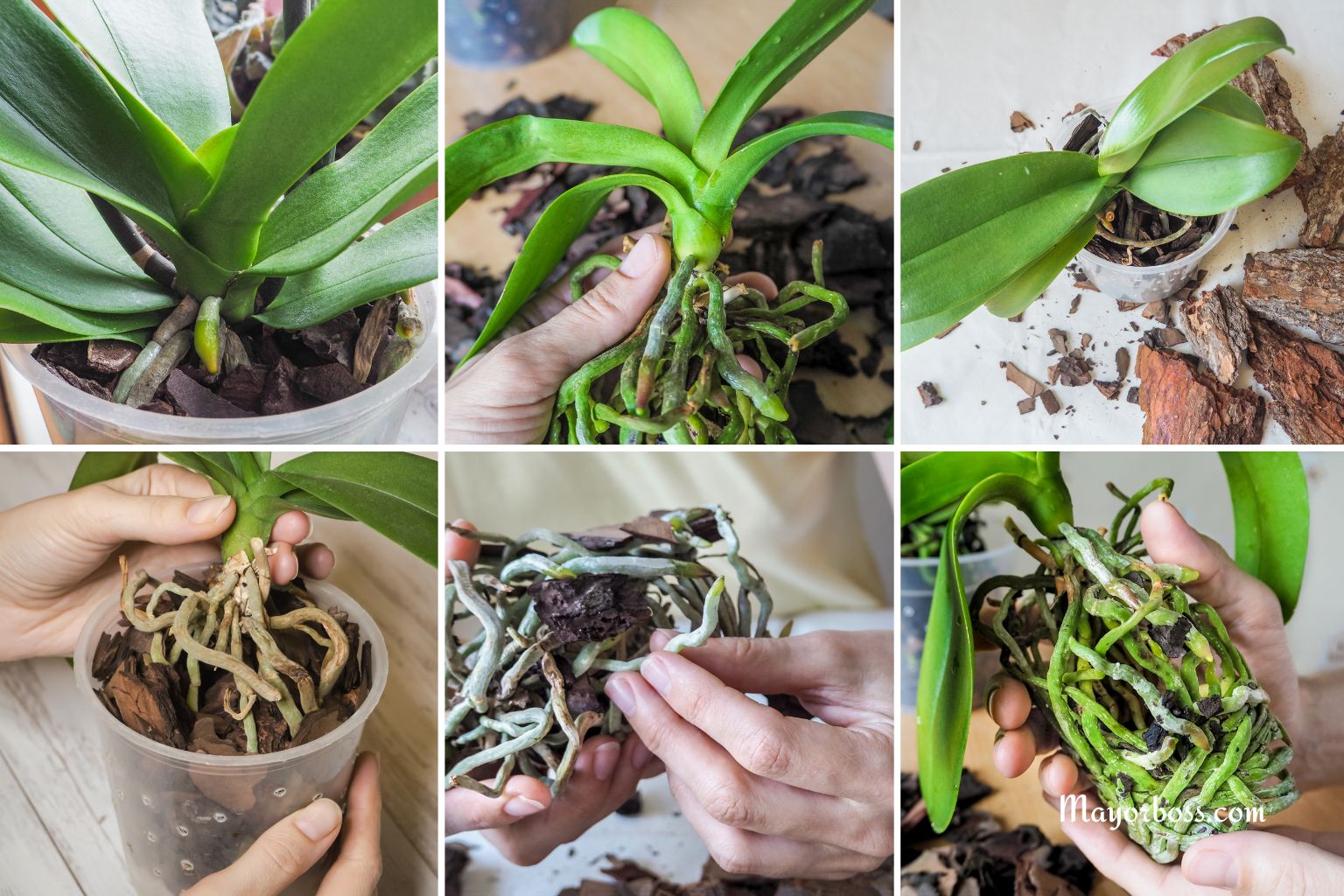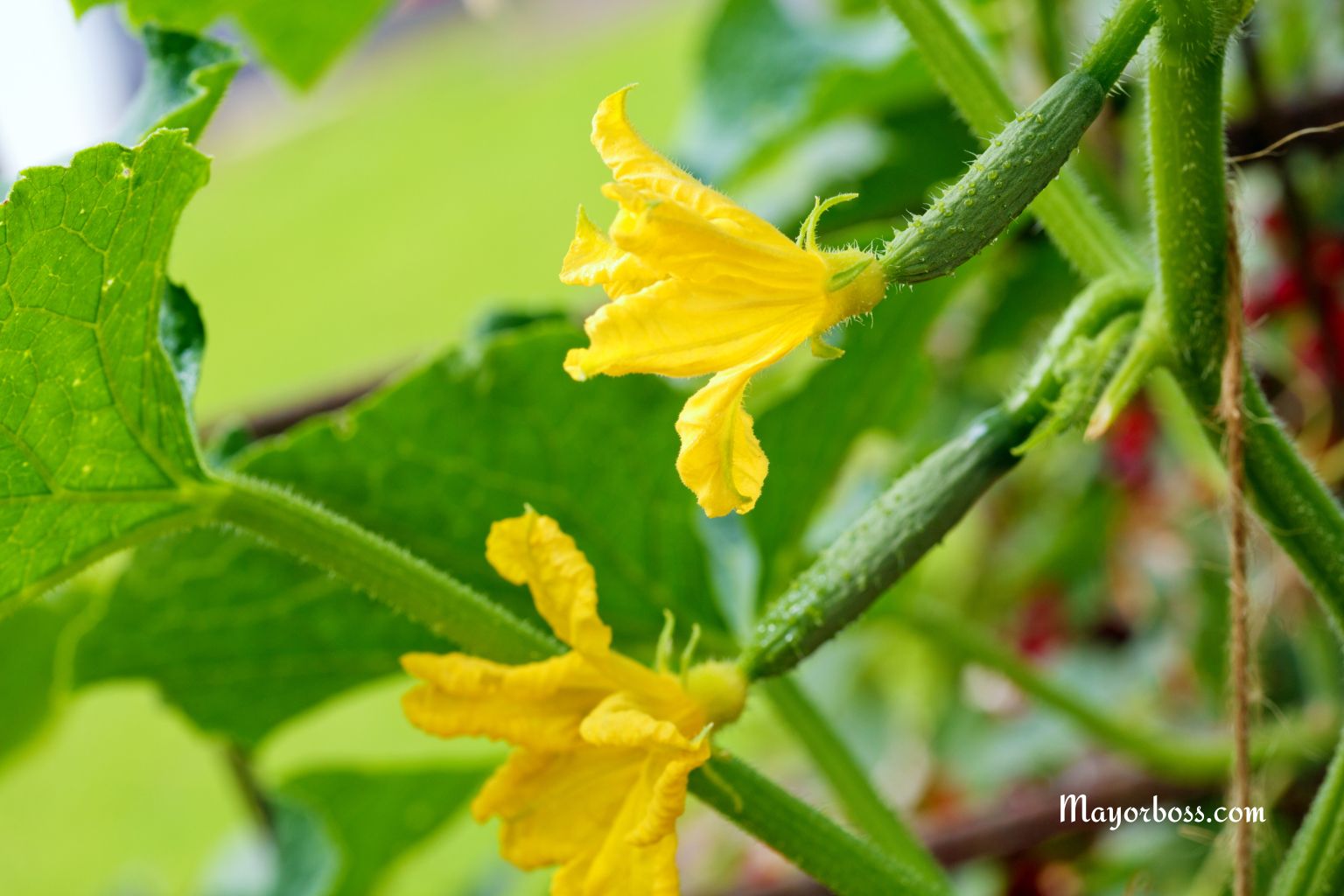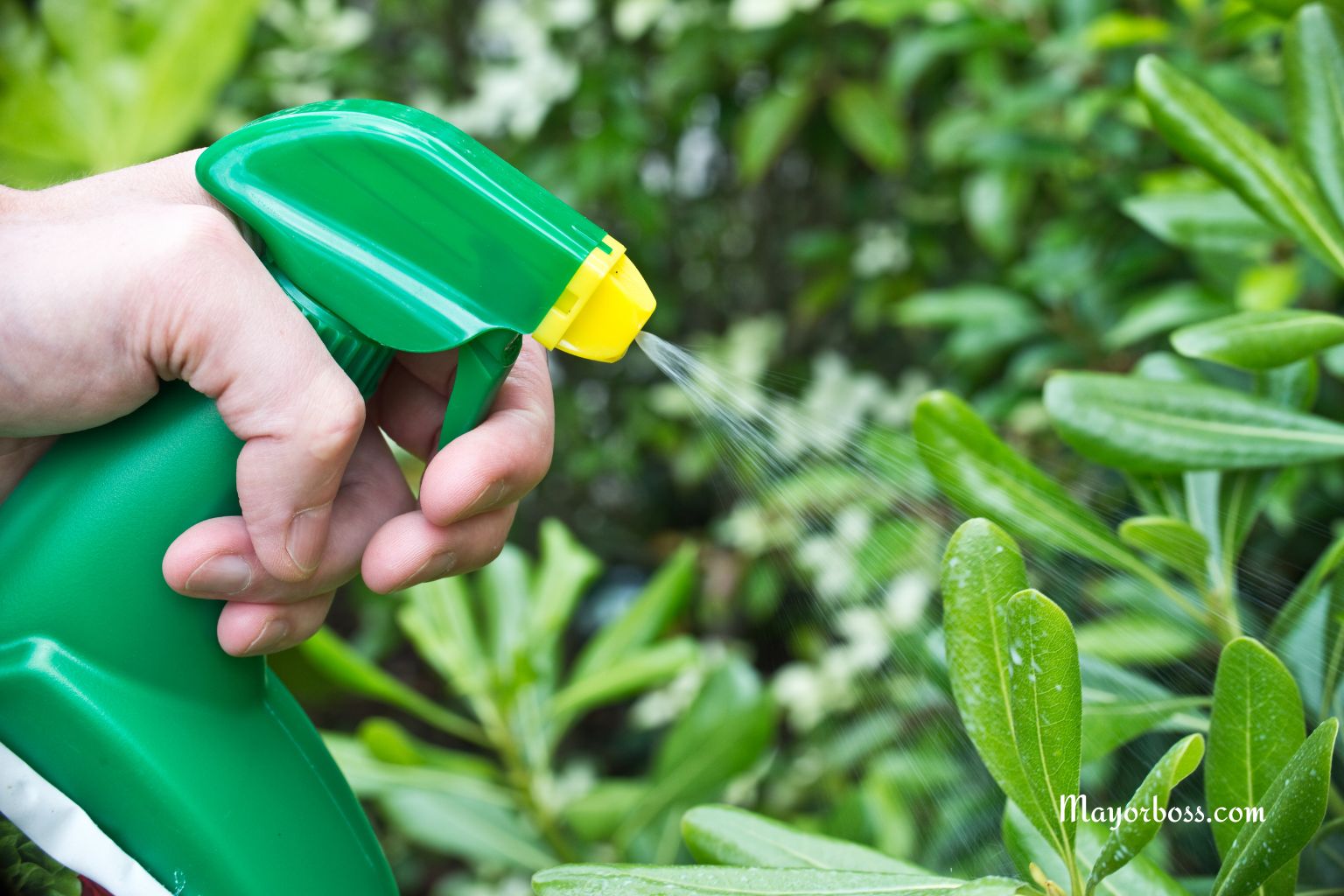How to Kill Poison Ivy (And Keep It From Coming Back)
To get rid of poison ivy, cut the vines at the base, pull up the roots while wearing protective clothing, and apply a targeted herbicide to the regrowth. Dispose of all plant material safely. Monitor the area for new shoots, and re-treat as needed to prevent poison ivy from coming back.
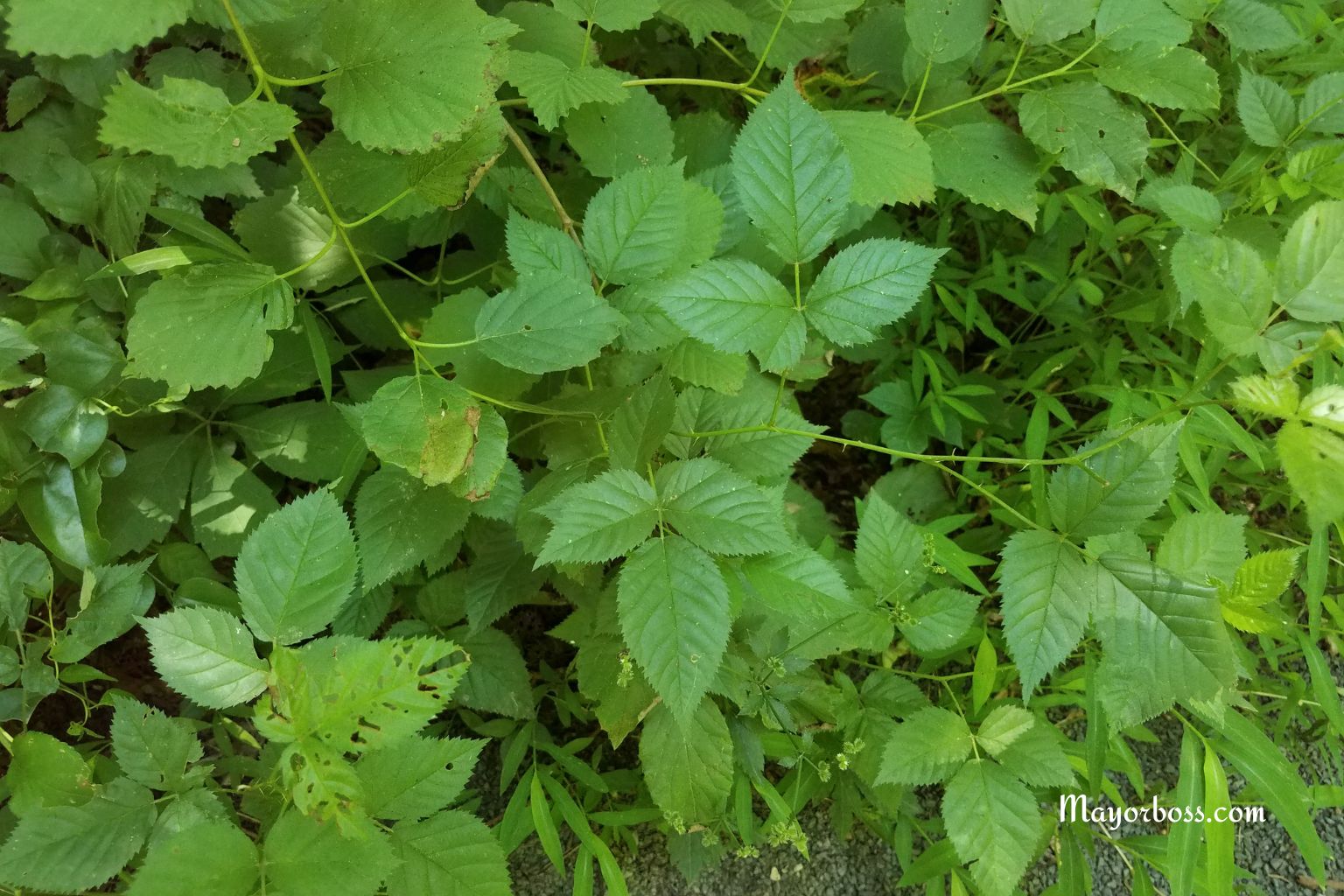
If you’ve ever brushed up against poison ivy, you know just how uncomfortable and persistent this plant can be. The rash and itching can ruin your week. Maybe you’re tired of seeing those familiar three leaves in your yard or garden. You want it gone for good. But killing poison ivy isn’t always simple. It takes the right approach, a little patience, and some know-how to keep it from returning.
Why Poison Ivy Is Hard to Kill
Poison ivy is a survivor. Its roots run deep. Even if you cut it back, it often regrows from the roots. The plant spreads by underground runners, and birds spread the seeds far and wide. That’s why simply cutting the vines or leaves usually isn’t enough. If you leave any roots behind, you’ll likely see them again.
Suit Up and Stay Safe
Before you tackle poison ivy, protect yourself. The plant contains an oil called urushiol, which triggers allergic reactions and rashes in most people, even from a tiny amount.
- Wear long sleeves, pants, and gloves.
Choose thick, disposable gloves or washable gardening gloves. Cover as much skin as possible. - Use eye protection and a mask.
Especially if you’re cutting or pulling vines, this keeps plant particles out of your eyes and lungs. - Wash everything afterward.
Clothes, tools, and gloves can all carry urushiol. Clean them thoroughly to avoid accidental rashes later.
Remove the Vines and Roots
To truly kill poison ivy, you need to remove as much of the plant—including the roots—as possible.
- Cut the vines at the base.
Use pruners or garden shears to sever vines at ground level. If the vine is climbing a tree or structure, leave the upper part in place—it will die off once cut. - Dig up the roots.
Use a shovel or trowel to loosen the soil and pull out roots and runners. Try to get every piece, as even small root fragments can regrow.
Tip: Bag all plant parts in heavy-duty trash bags. Never burn poison ivy—smoke from burning can carry urushiol and cause serious lung irritation.

Apply a Targeted Herbicide
For stubborn or large patches, herbicides can help. The most effective contain glyphosate or triclopyr. These are absorbed through the leaves and travel to the roots.
- Spray on new, healthy leaves.
Herbicides work best when the plant is actively growing. - Follow label instructions.
Use only as directed, and protect nearby plants by applying on calm, dry days to avoid drift. - Repeat as needed.
Poison ivy may require several treatments over a few weeks to kill all roots.
Note: If you prefer not to use chemicals, repeated manual removal and smothering with thick layers of cardboard or mulch can eventually starve the roots, but this takes persistence.
Monitor and Re-Treat
Poison ivy can regrow from even a tiny bit of leftover root. After your initial removal, keep an eye on the area.
- Check every few weeks for new growth.
- Pull or spray any new shoots immediately.
- Repeat this process throughout the growing season.
Persistence pays off. It often takes more than one attempt to get rid of poison ivy for good.
Prevent Poison Ivy from Coming Back
Even after you remove poison ivy, seeds can arrive from neighboring areas. To reduce your risk:
- Keep your lawn and garden well-maintained.
Regular mowing and weeding discourage new growth. - Mulch bare soil.
Thick layers of mulch or ground cover block sunlight, making it hard for seeds to sprout. - Remove any seedlings quickly.
Small plants are much easier to control than mature vines.
When to Seek Professional Help
If poison ivy is growing in a large area, tangled with valuable trees or shrubs, or you have a severe allergy, consider hiring a professional. Specialists have the training and tools to remove poison ivy safely.
What to Do If You’re Exposed
If you touch poison ivy, wash the area with soap and cool water as soon as possible. Clean your clothes and tools, too. Over-the-counter creams and antihistamines can help if you develop a rash, but seek medical care for severe reactions.
FAQs
1. Can I get rid of poison ivy without chemicals?
Yes, but it takes persistence. Repeatedly digging out roots and smothering the area with mulch can eventually work, though it may take several seasons.
2. How can I identify poison ivy?
Look for groups of three-pointed leaves. Leaves can be shiny or dull, and the plant grows as a vine or shrub. When in doubt, avoid touching unknown plants.
3. Is it safe to burn poison ivy?
No. Burning releases toxic oils into the air, which can cause dangerous lung irritation. Always bag and dispose of the plant safely.
4. How long does it take to kill poison ivy completely?
Depending on the method and how extensive the roots are, it can take a few weeks to several months. Stay vigilant for regrowth.
5. What should I do if I have a severe reaction to poison ivy?
If you have difficulty breathing, swelling, or a widespread rash, seek immediate medical attention. Severe allergic reactions can be life-threatening.

